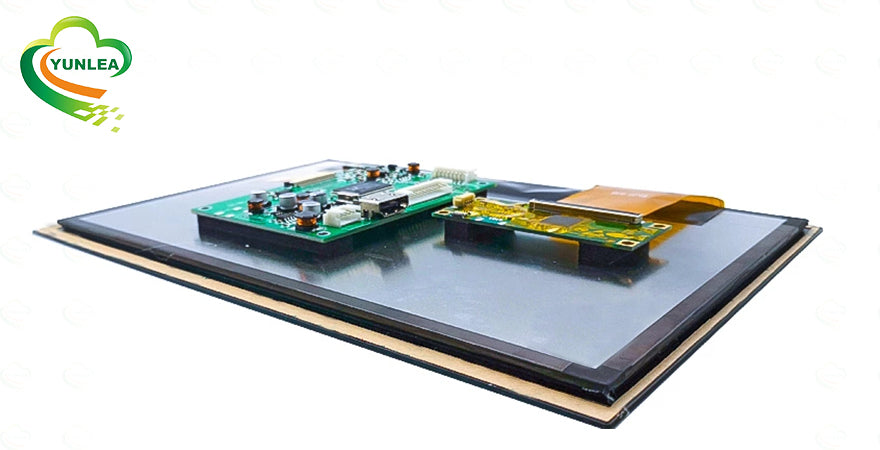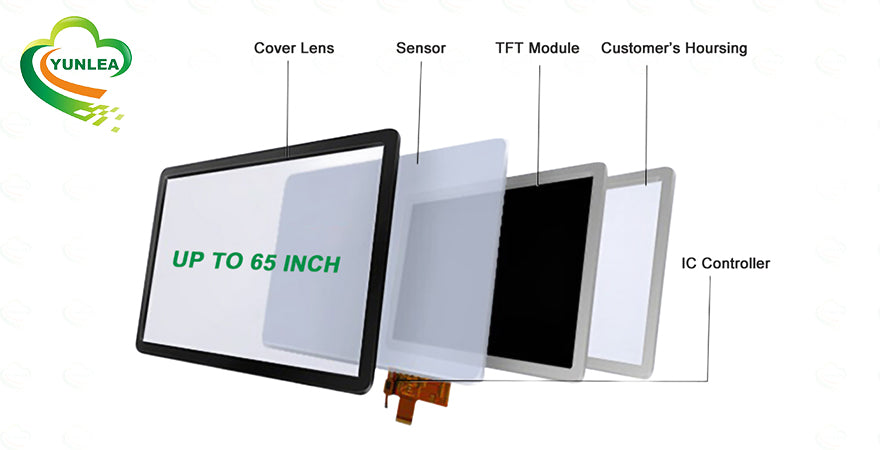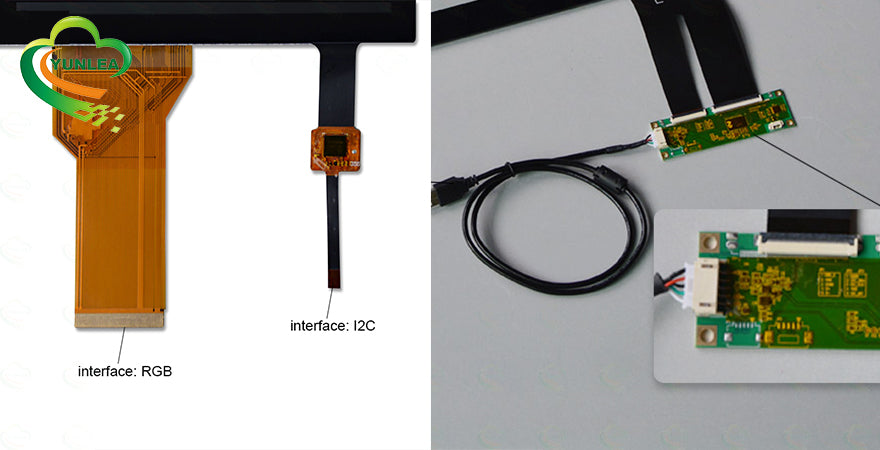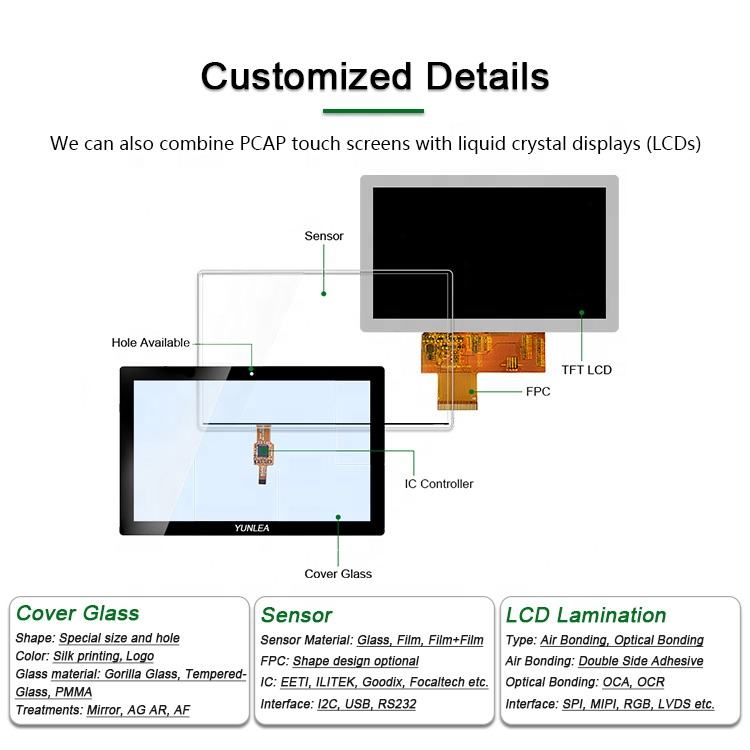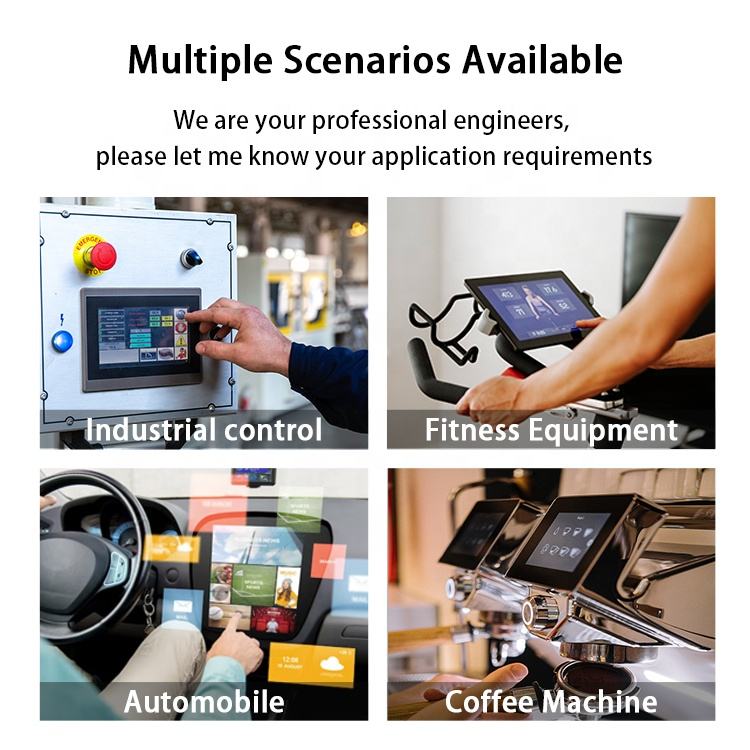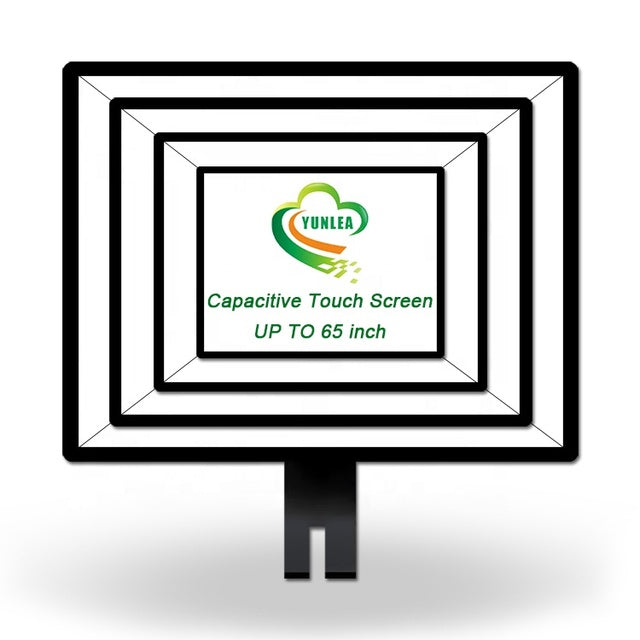Optical Bonding vs. Air Bonding: Enhancing Touch Screen and LCD Integration
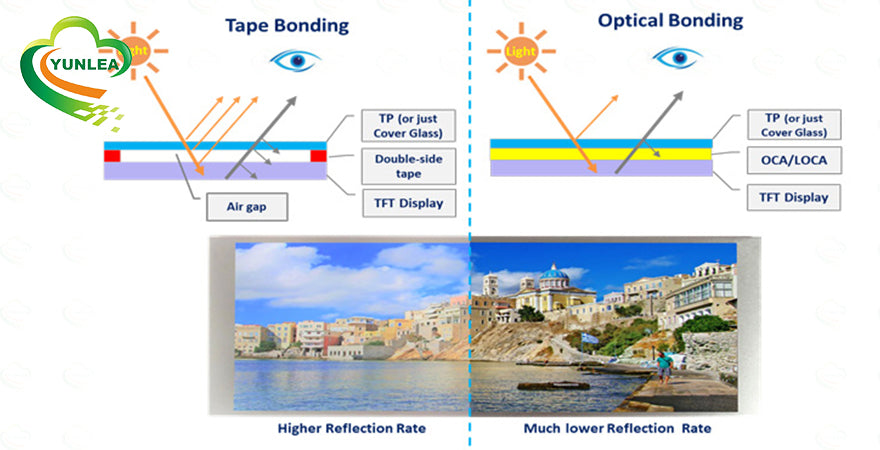
When it comes to bonding touch screens and LCDs, two techniques stand out: Optical Bonding and Air Bonding. Let's explore these methods to help you make informed choices.
1. Optical Bonding: Precision and Clarity
Optical bonding involves seamlessly gluing the display panel and the touch screen using specialized adhesives. The advantages are clear:
- Dust-Free: With this method, you can bid farewell to dust particles sneaking in between layers.
- Enhanced Strength: The touch module is securely bonded to the panel, increasing durability.
- Noise Reduction: It effectively minimizes interference from the display panel's noise on touch signals.
Check out the image below for a visual comparison of Optical Bonding's advantages.

2. Air Bonding: Simplicity and Cost-Efficiency
Air bonding, on the other hand, relies on double-sided adhesive tape to attach the touch screen to the display screen. Key points:
- Simplicity: The process is straightforward and hassle-free.
- Cost-Friendly: It's a budget-friendly option, saving on production expenses.
However, it's essential to note that Air Bonding may lead to some light refraction, affecting the display quality. You can explore more in the accompanying image.
At Yunlea, we employ advanced bonding techniques to ensure top-quality touch screens and LCD integration. Stay tuned for more insights and updates on our cutting-edge technology solutions. Make informed choices for your projects with Yunlea.
#Yunlea #TouchScreenTechnology #LCDIntegration #OpticalBonding #AirBonding #Innovation #QualityMatters


